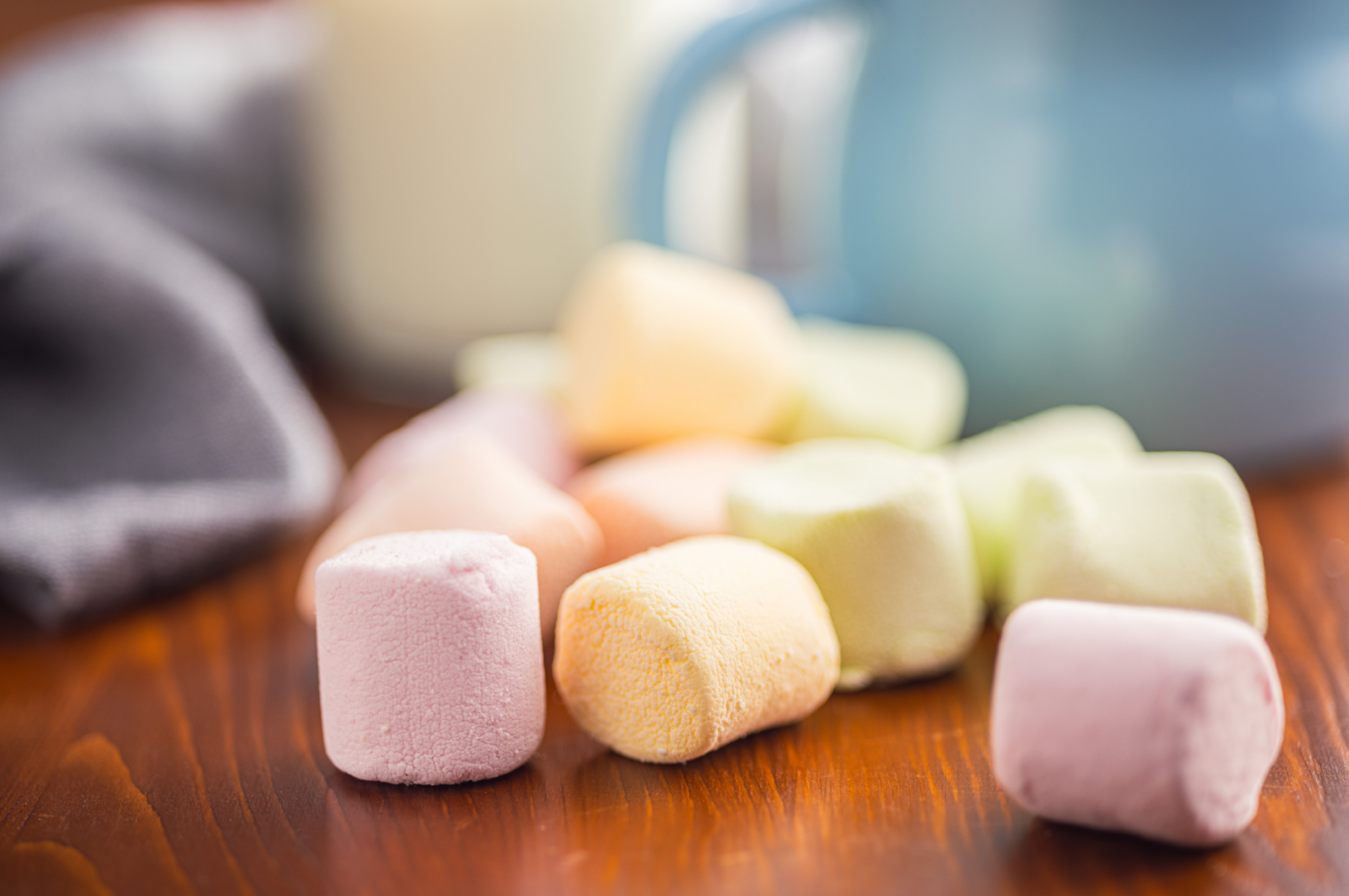History of Marshmallows
From Ancient Remedy to Campfire Confection: The Sweet History of Marshmallows
The marshmallow, that pillowy confection of sugar and gelatin, evokes images of campfire s’mores, hot cocoa, and childhood treats. But this fluffy delight has a history that stretches back centuries, traversing ancient civilizations, medicinal concoctions, and culinary innovations.
Ancient Origins: A Medicinal Marshmallow
Their story begins in ancient Egypt, around 2000 BC. Here, the marshmallow plant, a tall, flowering herb, was prized for its medicinal properties. The Egyptians extracted the sap from its roots, a sticky substance containing a mucilaginous (gooey) substance. This sap, combined with nuts and honey, was used to create a confection reserved for royalty and the elite, believed to soothe sore throats and other ailments.
A Medieval Treat
They continued its medicinal journey through the ages. In medieval Europe, it was used to treat a variety of ailments, from coughs and colds to digestive issues. The confectionary aspect remained, but it was primarily seen as a medicinal treat, a spoonful of sugar to help the medicine go down.
French Revolution: The Rise of the Confection
The 19th century brought a significant transformation to the marshmallow’s story. French confectioners, always at the forefront of culinary innovation, took the marshmallow from medicinal remedy to sweet delight. They whipped the marshmallow sap with egg whites and sugar, creating a lighter, fluffier confection. These early marshmallows were often made in large sheets and cut into squares, a far cry from the uniform shapes we see today.
Industrial Innovation: Mass Production and Marshmallow Machines
The late 19th and early 20th centuries saw further advancements in marshmallow production. The invention of the starch mogul system allowed for the mass production of marshmallows in uniform shapes. This process involved pouring the marshmallow mixture into molds made of cornstarch, allowing them to set, and then removing them, leaving behind those perfectly formed marshmallows.
Gelatin Takes Center Stage
Around the same time, gelatin, derived from animal collagen, replaced the marshmallow plant sap as the key ingredient. This change made marshmallows more stable, easier to produce, and more affordable, contributing to their widespread popularity.
Campfires and S’mores: A Sweet Tradition
The early 20th century also saw the rise of the marshmallow’s association with campfires and the beloved s’more. While the exact origins of the s’more are debated, it’s believed that the combination of graham crackers, chocolate, and toasted marshmallows became a campfire staple sometime in the 1920s.
Modern Marshmallows: A Versatile Treat
Today, marshmallows are a ubiquitous presence in the world of sweets. They’re enjoyed in countless ways, from classic s’mores and hot cocoa to Rice Krispies treats, fudge, and even gourmet desserts. Their versatility extends beyond snacking; they’re used to decorate cakes, cupcakes, and other treats, adding a festive touch to holiday celebrations.
A Sweet Legacy
The marshmallow’s journey from ancient medicinal remedy to modern-day confection is a testament to the enduring human desire for sweetness and the ingenuity that transforms simple ingredients into delightful treats. So next time you enjoy them, take a moment to appreciate the rich history and culinary evolution behind this fluffy, sweet delight.

Share
Click on the icons below to share "Title of the item to share"